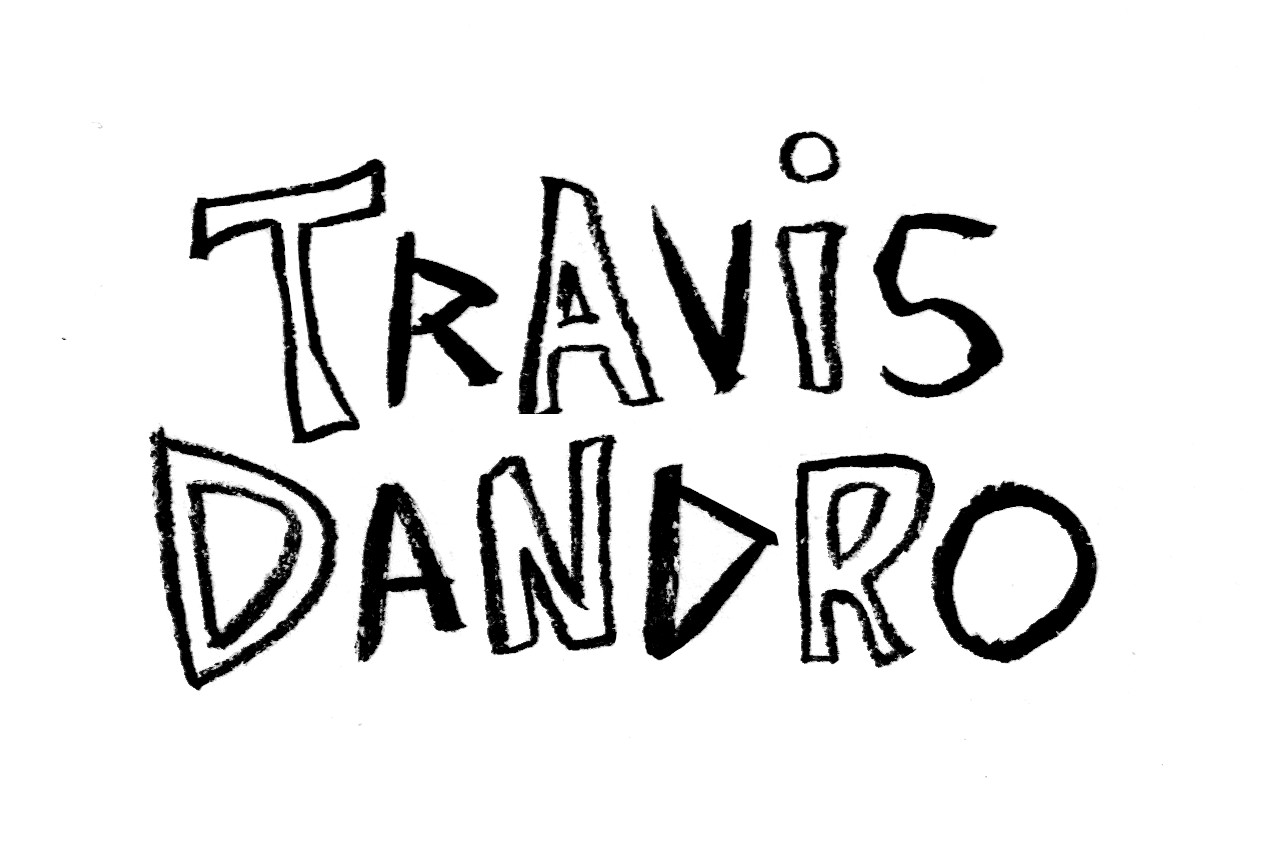Travis Dandro‘s King of King Court is an excellent reminder of how evocatively effective comics are in the hands of a skilled memoirist. Because Dandro is focused on moments of his childhood and adolescence, his artistic style shapes that content through a cartoon lens.
The key is simplicity. Dandro’s cartoon self has empty circles for eyes, a half-circle for a nose, triangle spikes for hair, and often no mouth at all. The style works in part because it indirectly implies that childhood is simple too. This should be a world free of the difficult details of adulthood, like drug addiction, physical abuse, armed robbery, and suicide—things that partially define Travis’s paradoxically cartoon life.
I say partially because, despite the central presence of an abusive father figure, Dandro focuses at least as much on the seemingly inconsequential minutia of his child self’s wandering attention. Yes, “Dad Dave” is shooting up in the kitchen pantry, but look how super cool the ants are climbing on that bottle cap in in the front yard. The fact that the cap came from a Miller Lite bottle doesn’t matter to Travis, but Dandro the memoirist is keenly aware, selecting that detail from all possible details to suggest (without directly stating) that his younger self was unaware of the some of the most troubling details surrounding him. Or maybe young Travis was aware at some level and was diving into childish play to escape.
Though Dandro’s cartoons, like cartoons generally, are composed of simplified shapes with little three-dimensional crosshatching, his style is also atypically dense. Most pages are filled with meticulous scribbles of shadow. Dandro’s layouts further intensify that density by eliminating gutters and drawing panel images inside interlocking frames that unify each page as a single unit. These choices also resonate at a metafictional level once the teenaged Travis becomes a cartoonist within the memoir. Dandro plays a visual game by redrawing his younger self’s portrait of his mother in a style only mildly more cartoonish than the style that is the baseline reality of the story. Accepting a compliment about the realistic vein in the penis he drew on the chalkboard, Travis says, “Yes, it’s the little details that make a drawing come to life.”
It’s also the little details—whether drawn, stated, undrawn, or unstated—that make Dandro’s memoir come to life.
Read the full review here: https://www.popmatters.com/travis-dandro-king-king-court-2639233507.html

